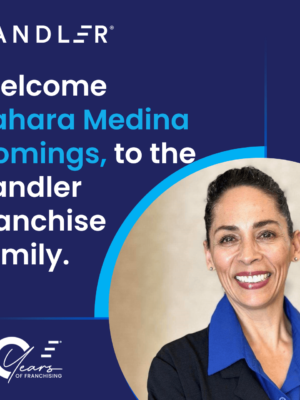Generational Differences In Managing People and How to Do It Right

As a manager of people, you know and understand the challenge of the “new” workplace. The reality of four generations working side by side is fraught with obstacles that threaten to derail productivity and hinder progress. Before you pop another antacid and check again to see if it’s time to cut a trail home, take heart in knowing there are ways to be an effective manager in a workplace made up of the Silent generation, Boomers, X’ers, and Millennials. The first step is acknowledging each generation has its own preferences, expectations, and strengths.
Successful management of each generation calls for you to seek out and understand the answers to these five questions.
1. Do I understand how to effectively communicate with each member of my team?
Each generation prefers their own way of communicating, and failing to understand this causes initiatives and goals to be misconstrued and unclear. A Boomer may opt for face-to-face meetings, while a Millennial may work best by communicating through email or text messaging. Uncover which styles of communication work best for each generation and strive to work those into your management style.
2. Am I doing enough to help each generation work with other ones on my team?
X’ers may be skeptical of a Millennial’s abilities, and Millennials may thumb their noses at Boomer’s traditional view of the workplace. These feelings can erupt into big workplace conflicts and cause long-term negative opinions. It’s important, as a manager, that you foster a positive, connected, and engaged environment. Create meetings that showcase each team member’s strength, and work with each employee to improve on his or her weakness. It’s also smart to employ a two-way mentoring program that pairs different generations together to learn from each other, which often results in mutual respect. Remember that you are the leader, and your team will follow your example.
3. Is the current work environment conducive to multi-generation employee success?
The Silent generation and Boomers function well in a rigid work environment, while Xers and Millennials like less structure and more autonomous control. Your management style should be flexible with each generation to get the most out of your team overall. Be aware of each group’s preferences and try to offer a variety of ideas that are pleasing to each employee. For example, providing a flexible hour option that Xers and Millennials can take advantage of may keep them engaged, and refraining from calling Boomers on the weekend helps minimize their frustration because of a disruption of the work/life separation that they desire.
4. Have I put educational opportunities and other activities that promote engagement into proper play?
Consistent training is a key component in gaining appreciation of each individual’s working style and ability, which promotes a harmonious working environment. Invest in team-building training as well as technical education and overall skill building. Millennials thrive on learning new, innovative ways of accomplishing goals, and Xers and Boomers will welcome a chance to hone their expertise. Ongoing training keeps all parties interested and engaged in their jobs and your company, and sharing these experiences provides each participant with insight as to their team member’s thought processes.
5. Do I recognize how each of my team is individually motivated?
Keeping each generation motivated sometimes feels like trying to keep many different balloons in the air at the same time. By digging into each person’s motivation, you save yourself tons of headaches and time wasted in plans that just don’t work.
The Silent Generation and Boomers generally prefer being rewarded with bonuses, while Xers prefer extra vacation. The creative Millennial segment would rather have the opportunity to work on interesting projects than extra money or time off. Take some time to understand each person’s motivation and gear his or her rewards accordingly for maximum impact.
Managing a workplace made up of several generations presents unique challenges, but also offers a plethora of advantages. If carefully crafted, the different viewpoints of each generation merge to create exciting ideas and unique solutions. The journey to a highly functioning multi-generational workplace begins with you as the manager. Asking yourself and honestly answering these five questions empowers you to build each of your team members into a contributing piece of the puzzle that moves strategies forward and surpasses goals.








